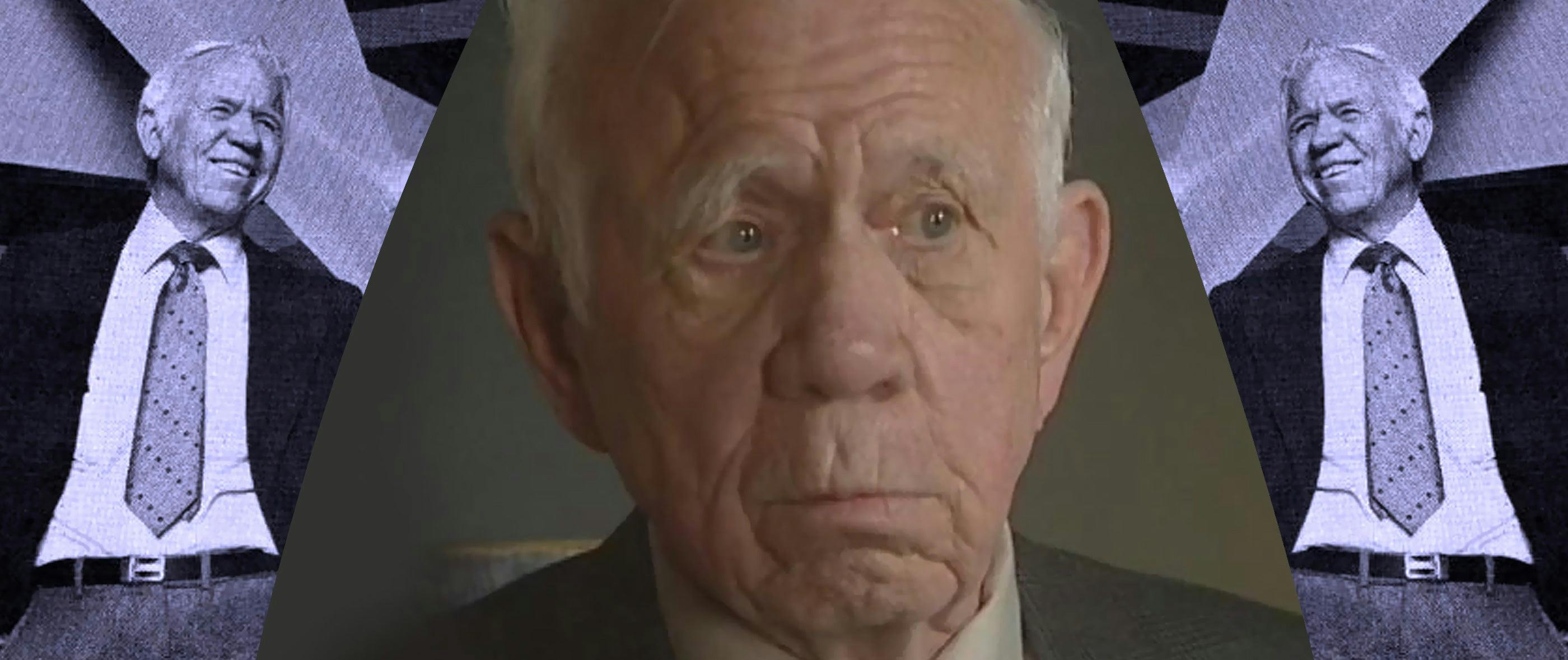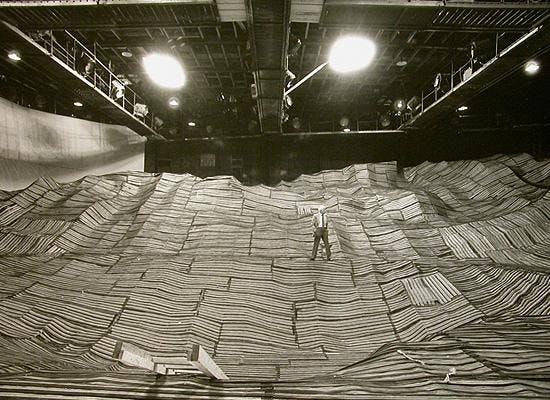Published Mar 10, 2017
Celebrating the Work of Khan Production Designer Joseph Jennings
Celebrating the Work of Khan Production Designer Joseph Jennings

Perhaps it was because Star Trek: The Original Series lasted only 79 episodes, or perhaps it was because of the larger-than-life personality of Gene Roddenberry himself, but whatever the reason, many Star Trek fans have a long tradition of learning everything about, and recognizing, the contributions of the amazingly talented behind the scenes artists who work to make their favorite Trek films and television shows. From writer Gene Coon to designer Walter “Matt” Jefferies, from costume designer Robert Fletcher to makeup artist Werner Keppler, and from special effects/design geniuses Dan Curry, Michael and Denise Okuda, Doug Drexler to Gary Hutzel, there has been a celebration of those who were able to create a genuine and inspiring cultural popular culture legend despite limitations of time, budget, and technology.

That mission of recognizing and celebrating those behind the scenes has been the goal of our research this past decade. One of our favorites is one of Star Trek: The Wrath of Khan’s production designer Joseph Jennings who is mentioned in the Papers of Nicholas Meyer Collection at the University of Iowa Libraries. Jennings’ contributions to Star Trek cannot be exaggerated, including his work on helping to redesign the U.S.S. Enterprise for the previous motion picture. Working with a limited budget and time, Jennings was able to make audiences believe that Kirk’s Enterprise and Khan’s Reliant bridges were two different sets by use of painting and design tricks, when in fact it was the same location.

This image is of Jennings on the Ceti Alpha V set as it was being built during 1981, before filming during late December of that year. Within a few hours, on top of the wood floor that Jennings is standing upon, crews will pump in thousands of pounds of sand to create the harsh environment. The picture represents not only Jennings’ talent, but also the hard work of the carpenters and construction teams who made the scene so memorable. These artists would paint the sky of the planet on the background walls, bring in the sand using enormous pumping mechanisms, rack it into place, all upon the skeleton set built by the construction workers and while dealing the particles of sand getting everywhere.
We may not know all their names or faces, but their work is appreciated and helped make ST II arguable one of the most important science fiction films ever made.
Special thanks to Nicholas Meyer and the University of Iowa.
Maria Jose and John Tenuto are both sociology professors at the College of Lake County in Grayslake, Illinois, specializing in popular culture and subculture studies. The Tenutos have conducted extensive research on the history of Star Trek, and have presented at venues such as Creation Conventions and the St. Louis Science Center. They have written for the official Star Trek Magazine and their extensive collection of Star Trek items has been featured in SFX Magazine. Their theory about the “20-Year Nostalgia Cycle” and research on Star Trek fans has been featured on WGN News, BBC Radio, and in the documentary The Force Among Us. They recently researched all known paperwork from the making of the classic episode "Space Seed" and are excited to be sharing some previously unreported information about Khan's first adventure with fellow fans. Contact the Tenutos at jtenuto@clcillinois.edu or mjtenuto@clcillinois.edu.

